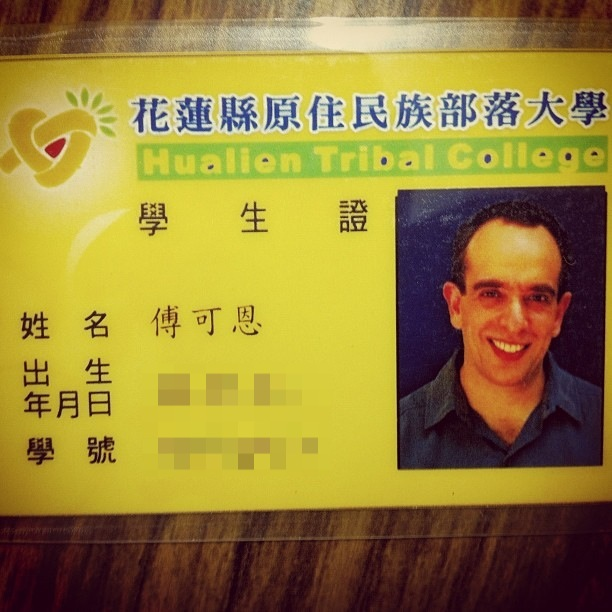At this year’s Taiwan’s annual anthropology conference, the Taiwan group anthropology blog Guava Anthropology hosted a public event where blog members were invited to give five minute “lightning talks” on the topic of cultural policy. In May, Taiwan’s new Minister of Culture Cheng Li-chun 鄭麗君 announced plans to hold a national conference with the aim of establishing a “Basic Cultural Law” for Taiwan.1 These talks were to reflect on both the role of the government in shaping cultural policy and the role of anthropologists in shaping government policy. Below is the English version of the talk I gave in Chinese.2
The State must “see” culture
The central problem facing state cultural policies is the need to make culture visible to the state. After all, if the state can’t “see” culture, how can it regulate it? Post-war Taiwan saw tremendous changes in cultural policy: from promoting China-centric cultural nationalism to embracing multiculturalism. But whether it is mono-culturalism or multiculturalism, whether the state wants to suppress or encourage the development of local cultures, it must first be able to “see” them. Continue reading


